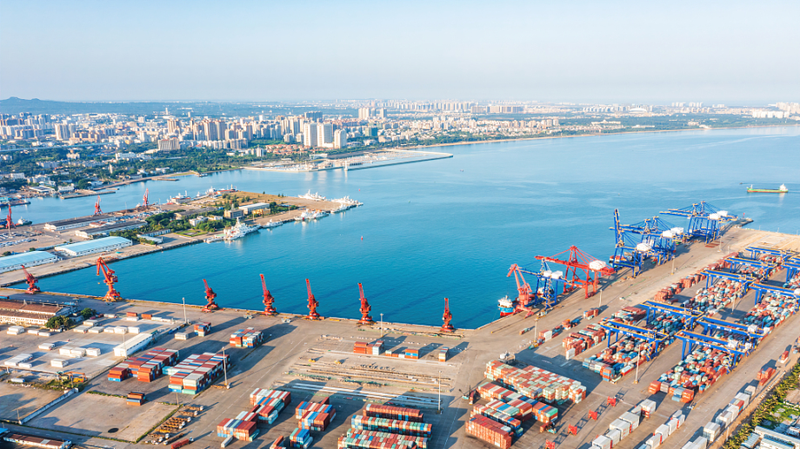Fresh off the 4th Plenary Session, Einar Tangen, senior fellow at the Centre for International Governance Innovation, maps out China's roadmap for the next decade. In a conversation with CGTN's Ioana Gomoi, Tangen highlights three pillars driving the country's evolution: technological self-sufficiency, cultural unity, and human development.
On the tech front, China is doubling down on homegrown innovation. From semiconductors to artificial intelligence, government funding and new R&D hubs are pushing local startups and research centers to close the gap with global leaders. Tangen notes that this push for autonomy not only safeguards supply chains but also fuels a vibrant ecosystem of entrepreneurs and innovators.
Cultural cohesion is the second cornerstone. Tangen points to initiatives that blend digital platforms with heritage conservation, creating immersive experiences that engage both domestic audiences and global travelers. "Strengthening shared values and storytelling," he says, "will help China project soft power and build bridges across cultures."
Finally, human development sits at the heart of China's strategy. National campaigns on preventive healthcare, green infrastructure, and expanded medical access have helped lift average life expectancy to record highs. This trend stands in contrast to some developed economies facing plateaus or declines in longevity driven by lifestyle diseases and lagging social investments.
For global citizens—from entrepreneurs and tech enthusiasts to travelers and changemakers—China's integrated approach offers lessons in balancing innovation, identity, and wellbeing. As the country charts its next chapter, the interplay of tech autonomy, cultural unity, and health gains could reshape not only local markets but also global partnerships.
Reference(s):
China's future: Tech, culture, and health, insights from Einar Tangen
cgtn.com




